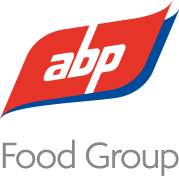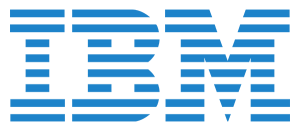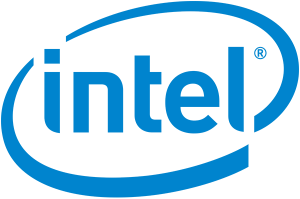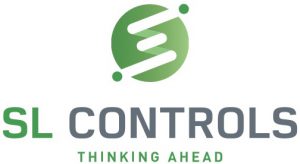Overview
Virtually all production equipment is controlled by a PLC. They are at the centre of modern automation systems. If you can understand how PLCs think and how they generate fault messages, then you can use them as a powerful diagnostic tool.
This course will provide learners with a strong understanding of how PLCs act as the hub in an automated process. It is intended as a foundation course to prepare entry-level learners for the 4-day QQI certified PLC course, using Allen Bradley PLCs. The course is 70% hands on using process simulation software. This provides a realistic and gamified environment within which to solve automation challenges.
Who should attend?
If you have no previous experience of PLCs, it can be challenging to become competent with just a few days’ training. By combining this introductory course with the 4-day QQI certified course, it will provide you with the exposure that will transform you to becoming a competent troubleshooter. In a nutshell, completing this course will give you all the starter skills needed to power through the QQI certified course.
Course Objectives
At the end of this course learners will be able to:
- • Setup IP addresses to enable successful PLC communications
- • Describe the mechanics of a PLC scan cycle in relation to Data and Program memory interaction
- • Explain the principles of the components that make up a typical PLC system: to include, software versions, firmware, HMI, Processor, Digital and Analog Inputs and Outputs, Network Cards
- • Structuring and tagging programmes using best practice
- • Navigate PLC ladder code combinational logic to aid troubleshooting
- • Solve automation challenges with combinational logic including AND, OR, NOT, SET, RESET, TIMER, COUNTER
- • Setup Data files
Course Modules
The role and capabilities of the PLC in an automated world, we take a close look at the hardware and the terminology
- HMI’s, Processor specifications, Communication netwoks, I/O cards, Remote I/O, IO Link,
- How a PLC Scan Cycle works
- Modes of Operation, Interaction between hardware, data files and code.
- PLC file management
- PLC project vrs offline project, comparison tools, verify, uploading, downloading.
- Data File Types
- BOOL vrs. INT
- Program Management
- Ethernet Setup
- IP address assignment, Sub-net Mask
- Going online with the PLC
Introduction to Ladder Logic
- Basic Logic Instructions, Data Tags, Ladder layout
- Practical 1
A suite of exercises designed to enable deep learning of ladder logic basics using just push buttons and lights to create combinational logic challenges. Including AND, OR, NOT, LATCH.
Introduction to Factory IO Scene
- Learners are presented with an automated Factory scene and associated IO Tags
- Practical 2
Working with two screens (one for Ladder Logic, one for Factory IO scene) learners practice using combinational logic to control the scene.
Timer and counter instructions
- Practical 3
Further Factory IO programming with timers and counters
Using Search and Cross Reference tools
- Practical 4
Searching large projects for root cause of error messages.
Interested learners will be given access to Factory IO licences to further practice their skills in their own time.






































